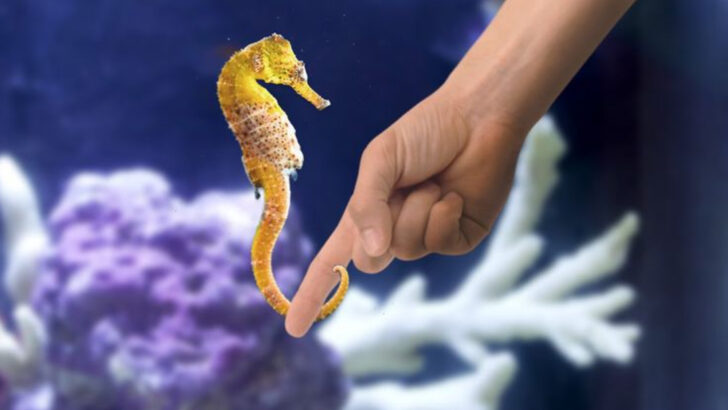Keeping sea horses as pets isn’t for the faint of heart—it’s an adventure into the magical, mysterious world of one of the ocean’s most enchanting creatures. These tiny, graceful beings may look delicate, but they require a very specific kind of care to thrive.
If you’ve ever been mesmerized by the way sea horses float, you’ve probably wondered what it takes to keep them healthy and happy in an aquarium. Spoiler: it’s more than just filling up a tank and dropping them in.
From water temperature to feeding habits, these creatures demand attention to the tiniest details. But don’t worry, with the right setup and care, your sea horses can flourish in their new home.
Get ready to dive into the essentials of sea horse care and learn everything you need to know to keep these magical creatures living their best lives in your tank.
Aquarium Size
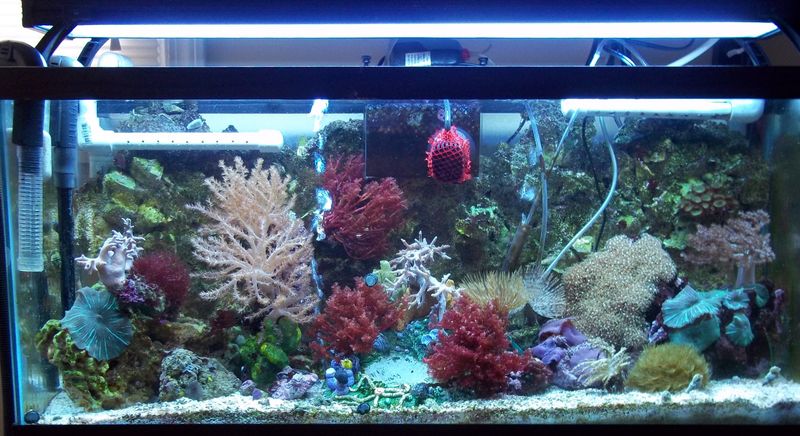
Choosing the right aquarium size is crucial for the well-being of your sea horses. A 30-gallon tank is generally recommended, providing ample space for movement and growth. Sea horses are not strong swimmers, so a taller tank with a gentle water flow is ideal.
Decorate the tank with live rock or artificial reefs to offer hiding spots and promote exploration. Ensure the tank is well-lit but avoid direct sunlight to prevent algae growth. A properly sized tank provides a stable environment, reducing stress and promoting natural behaviors.
Water Quality
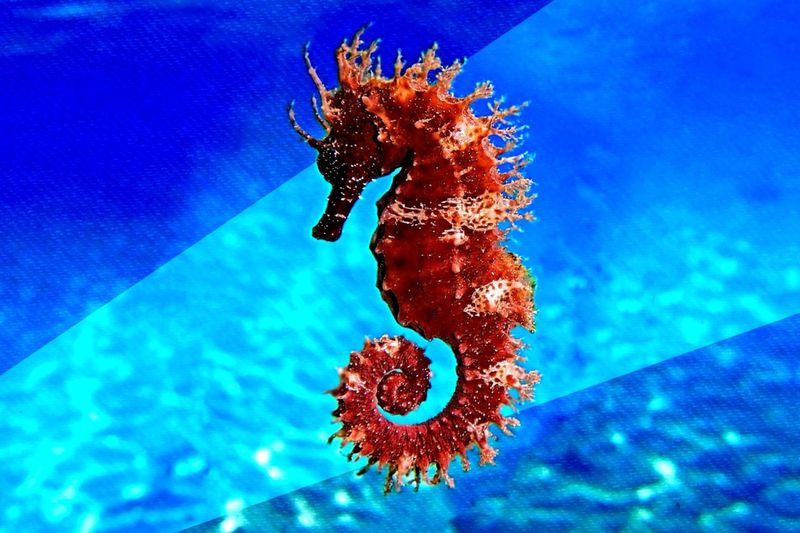
Maintaining optimal water quality is vital for sea horse health. Regularly test the water for pH, salinity, and ammonia levels. A pH level between 8.1 and 8.4 and a salinity of 1.020 to 1.025 are ideal ranges.
Use a reliable water filter to keep the tank clean and replace 10-15% of the water weekly. Avoid sudden changes in water parameters, as sea horses are sensitive to fluctuations. Consistent water quality helps prevent diseases and promotes longevity, creating a thriving aquatic environment.
Diet and Nutrition
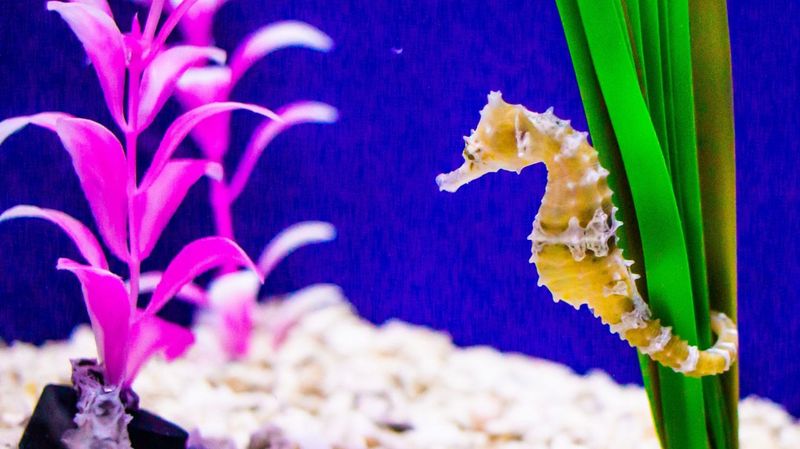
Sea horses require a specialized diet to meet their nutritional needs. Feed them a mix of frozen and live foods like shrimp, which should be rich in vitamins and minerals.
Providing multiple small meals throughout the day mimics their natural feeding habits. Use feeding stations to ensure food doesn’t float away and is consumed adequately.
Monitor their eating patterns closely to ensure they’re getting enough nutrition. A balanced diet supports growth, energy levels, and overall health, making it a cornerstone of sea horse care.
Social Behavior
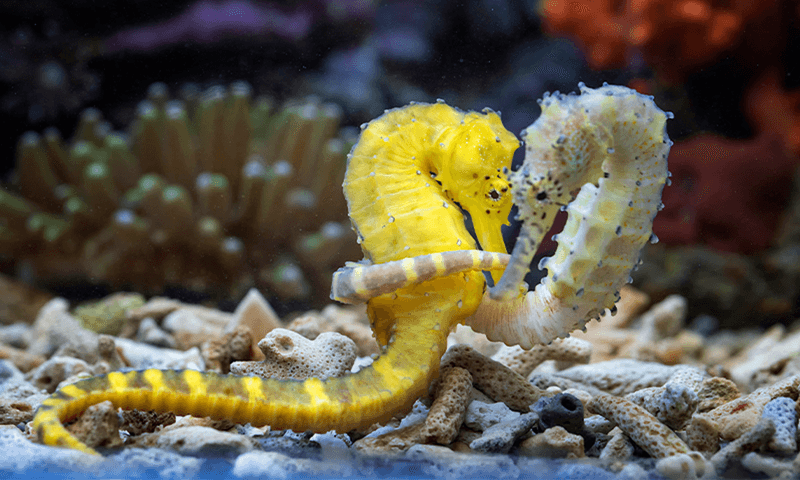
Understanding sea horse social behavior is key to a harmonious aquarium. Sea horses are social creatures that thrive in pairs or small groups. Observing their courtship and mating behaviors can be particularly fascinating.
However, avoid overcrowding, as it can lead to stress and aggression. Provide plenty of hiding spaces to allow for privacy and reduce stress. Watching sea horses engage in their unique social dance is both entertaining and educational, offering a glimpse into their complex social structures.
Tank Mates
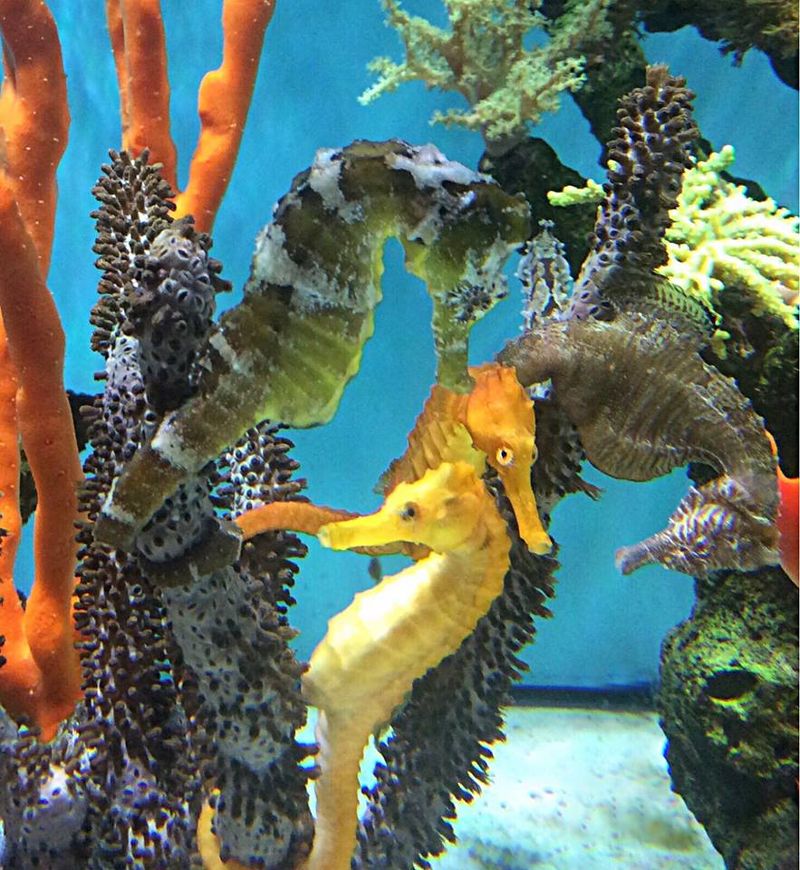
Selecting compatible tank mates ensures a peaceful aquatic environment. Sea horses are best kept with non-aggressive species like small gobies or invertebrates that won’t compete for food.
Avoid fast-moving or territorial fish that may stress or harm sea horses. Including a variety of tank mates enhances the visual appeal and natural balance of the aquarium.
Research potential companions carefully to avoid conflicts and create a serene underwater community. A harmonious mix of species enriches the sea horses’ habitat and your viewing experience.
Breeding Challenges
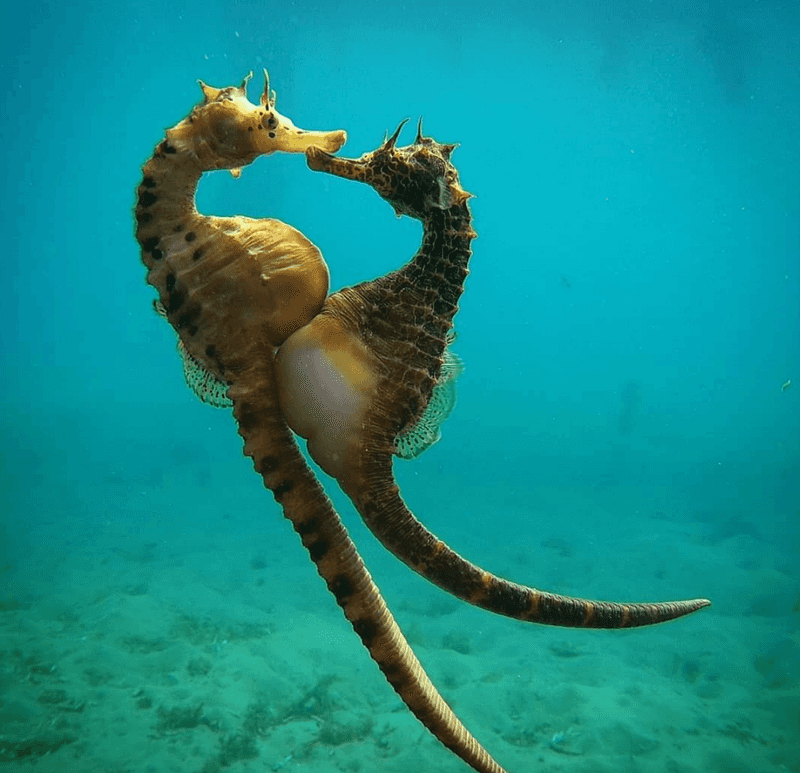
Breeding sea horses in captivity presents unique challenges. Male sea horses carry the eggs in their brood pouch, providing a rare opportunity to observe their nurturing role.
Creating optimal breeding conditions involves maintaining stable water quality and providing ample hiding spots. Be prepared for a high fry mortality rate, as raising young sea horses requires specific care.
Patience and dedication are key to successfully breeding sea horses, offering a rewarding glimpse into their reproductive cycle. Observing this process fosters a deeper appreciation for these remarkable creatures.
Disease Prevention
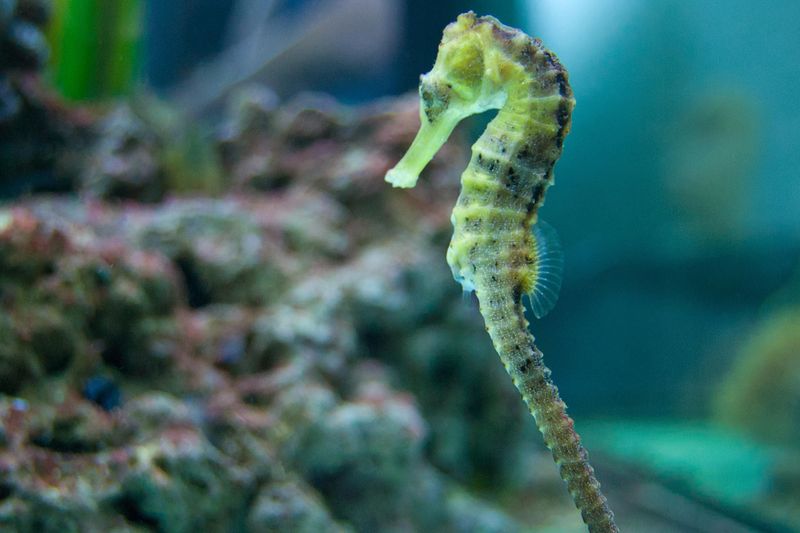
Preventing disease is crucial for the health of sea horses. Regular health checks and maintaining clean water conditions can stave off common ailments. Look for signs of stress or illness, such as color changes or listlessness.
Quarantine new arrivals before introducing them to the main tank to prevent the spread of disease. Keep an aquarium first aid kit with necessary medications and tools for immediate response.
Proactive disease prevention minimizes the risk of outbreaks, ensuring a healthy, vibrant sea horse population.
Temperature Control
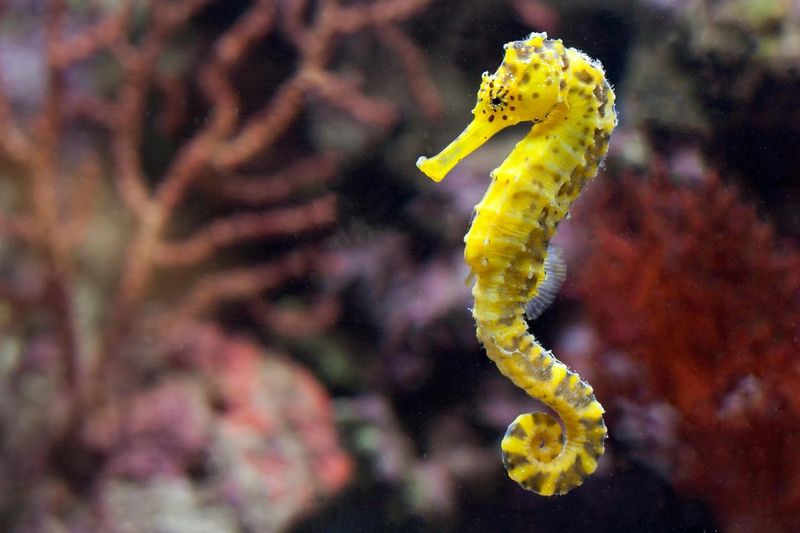
Sea horses require stable water temperatures to thrive. Ideal temperatures range from 72 to 78 degrees Fahrenheit. Use a reliable aquarium heater and thermometer to maintain consistency.
Sudden temperature changes can cause stress and lead to illness. Regularly monitor the temperature to ensure it remains within the safe range.
Consistent temperature control supports metabolic processes and overall health, creating a comfortable environment for your sea horses. A stable thermal environment is essential to their well-being, enhancing their quality of life.
Aquarium Maintenance
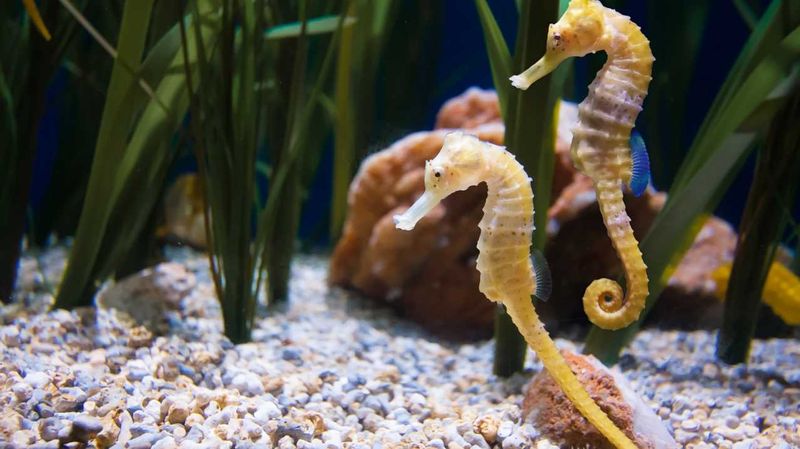
Regular aquarium maintenance is essential for a healthy sea horse environment. Clean the glass, change water regularly, and check the filtration system to ensure optimal conditions.
Remove uneaten food and waste to prevent toxin buildup. Weekly maintenance routines prevent algae growth and maintain water quality. Involve the whole family in cleaning tasks to share the responsibility and enjoyment of sea horse care.
Regular upkeep fosters a thriving aquarium, reducing stress for the sea horses and enhancing your experience as a pet owner.
Lighting Needs
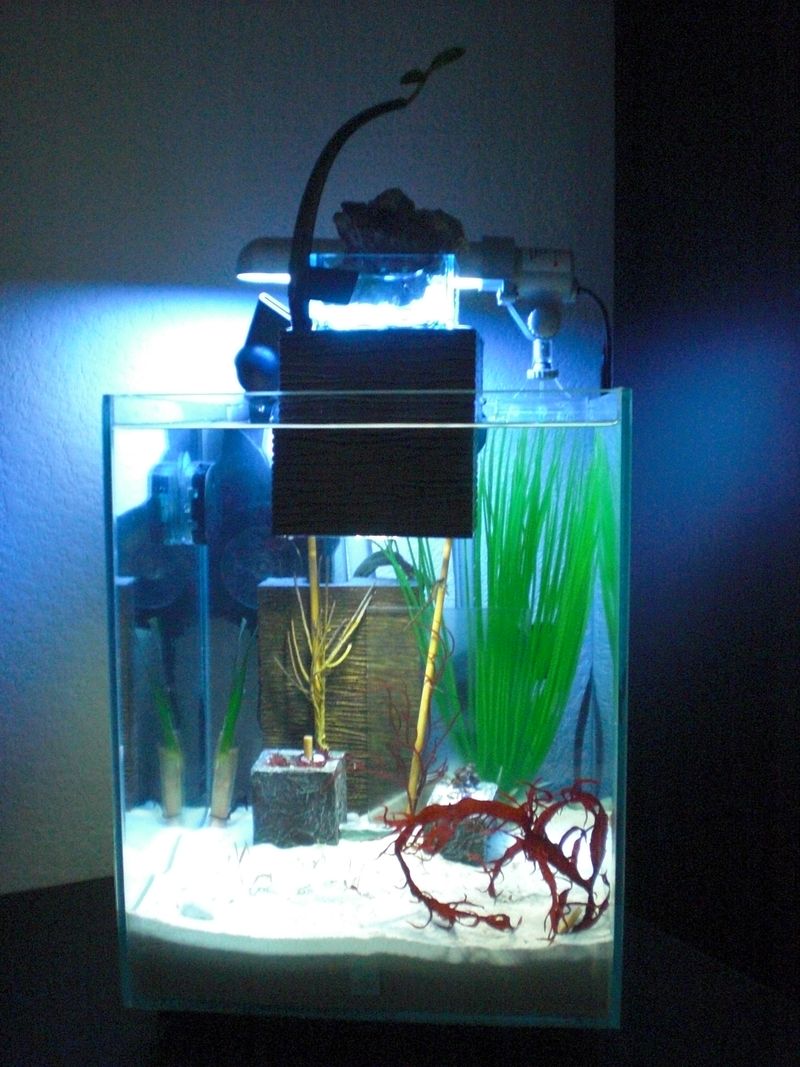
Proper lighting enhances the sea horse tank environment, promoting their natural behavior. Use LED lights to mimic natural daylight, providing a consistent photoperiod.
Avoid strong lighting that can stress the sea horses or encourage excessive algae growth. Balance is key, as too little light can hinder plant growth and disrupt the ecosystem.
Thoughtful lighting choices create an inviting and healthy aquarium, showcasing the beauty of your sea horses and their habitat. Adjust lighting to suit the specific needs of your tank, celebrating the vibrant underwater world.
Legal Considerations
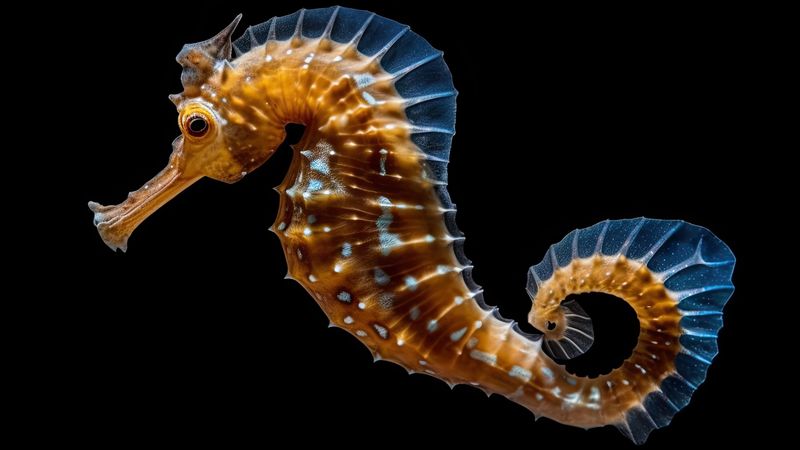
Before keeping sea horses, familiarize yourself with local regulations and legal considerations. Some regions require permits to own sea horses, as they may be protected species.
Understanding these laws ensures that you comply with conservation efforts and ethical pet ownership. Research reputable breeders or suppliers to ensure your sea horses are sourced responsibly.
Legal compliance supports sustainable practices, protecting wild sea horse populations. Being informed about legal matters promotes responsible pet ownership, contributing to the conservation of these magical creatures.
Tank Setup
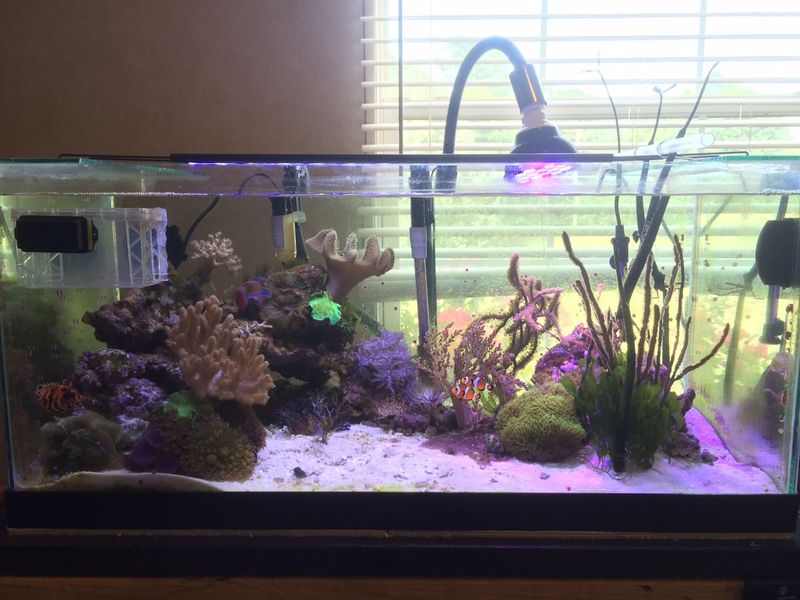
Setting up the tank correctly is foundational for sea horse care. Start with a fine sand substrate and add live or artificial plants for anchorage.
Include gentle filtration systems to ensure water movement without strong currents. Arrange rocks and decorations to create a natural, engaging habitat.
A well-thought-out setup supports the sea horses’ needs and enhances their environment. Paying attention to tank setup details fosters a healthy, dynamic aquarium, offering sea horses a space to explore and thrive.
Commitment and Patience
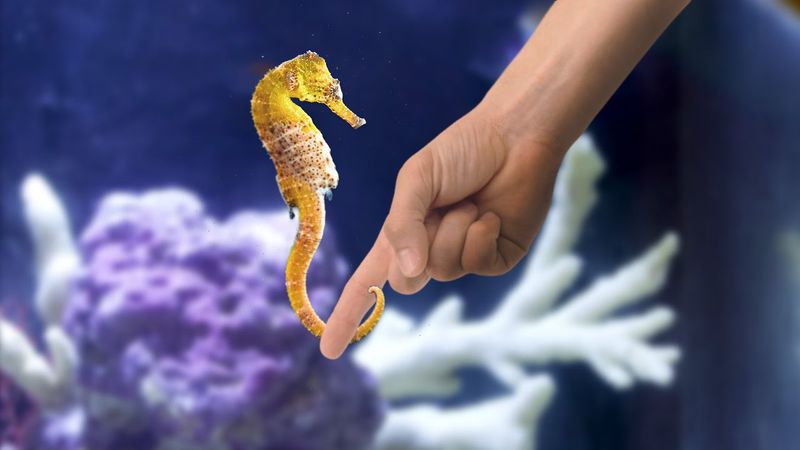
Keeping sea horses demands commitment and patience. These delicate creatures require specific care and attention to thrive. Be prepared for the time and effort involved in maintaining their environment and well-being.
Patience is paramount, as sea horses can be challenging to care for, especially for beginners. Embrace the learning curve and enjoy the rewarding experience of observing their unique behaviors.
With dedication, you can create a harmonious and engaging home for these enchanting marine animals, enriching your life and theirs.

